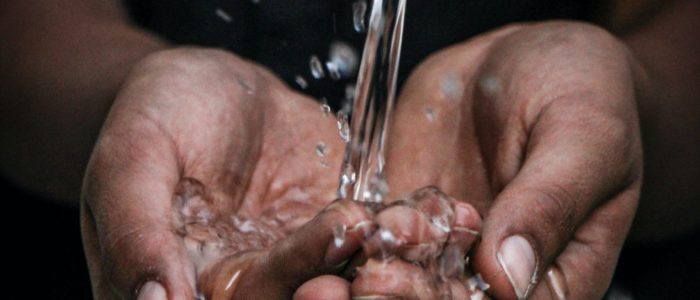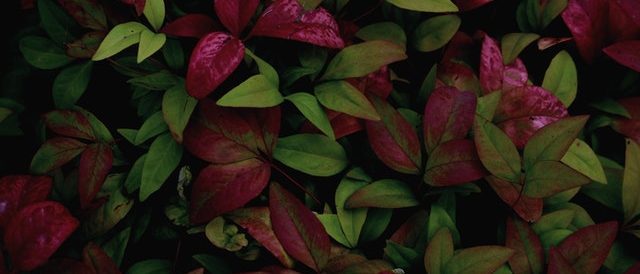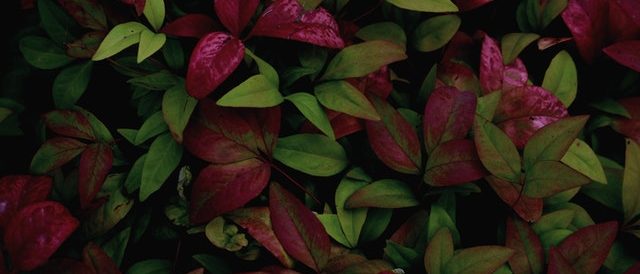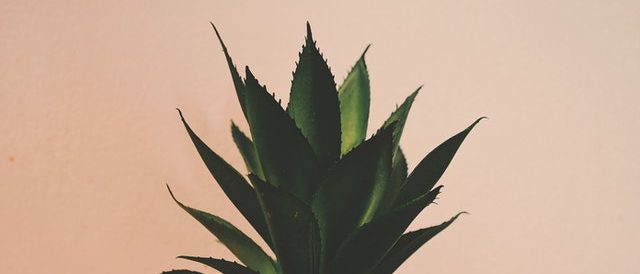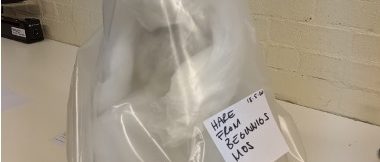Indigenous collections, and arranged meetings with museum professionals and academics actively engaged in collaborative working with indigenous communities. As well as learning from colleagues’ experiences and seeing examples of best practice, I also hoped to raise the profile of National Museums Scotland’s indigenous Americas collections.
I met over twenty colleagues from the Royal Ontario Museum, Art Gallery Ontario and Bata Shoe Museum in Toronto, and the Canadian Museum of History and National Gallery of Canada in Ottawa; academics from OCAD University in Toronto and Carleton University in Ottawa, and the directors of OCAD University’s Onsite Gallery, and the Indigenous Art Centre, part of the government department of Corporate Secretariat Crown-Indigenous Relations and Northern Affairs Canada. Several colleagues were of indigenous ancestry, and everyone gave me valuable insights into working with and representing indigenous communities in museums and galleries. I heard many different perspectives and experiences, and received both encouragement and resources with which to further develop National Museum Scotland’s interpretation.
Almost everyone I met mentioned the Truth and Reconciliation Commission of Canada (2015), and its impact on museums and galleries in Canada. Historically, the relationship between the Canadian state and indigenous peoples has been fraught with conflict and the Commission sought to address this, in particular the Indian Residential Schools system, which existed from the 1880s to 1996. Under this system, more than 150,000 indigenous children were forcibly removed from their families, denied their traditional languages, dress, beliefs and cultural identity, with an enforced Christian education to “civilise” and “assimilate”, “to kill the Indian in the child”. Abuse was rife, and mortality rates high. Results of this enquiry included financial compensation for survivors, and 94 ‘calls to action’ issued by the Government. Alongside the United Nations Declaration on the Rights of Indigenous Peoples (2007), museums and galleries’ subsequent policies now include increased education and commemoration of indigenous histories, as well as increased access to collections and archival material. In practice this also includes repatriation, community consultation, increased indigenous representation in the workforce, and increased cultural sensitivity and awareness. For example, between 1884 to 1951 Government legislation made indigenous ceremonies such as the potlatch, powwow and sun dance illegal, and regalia and other material seized during raids is now found in museums across the world; in recognition these are now increasingly being made available for community visits and repatriation requests.
My first visit was to Bata Shoe Museum in Toronto, and Manager of Exhibitions and Assistant Curator Nishi Bassi was very helpful in sharing her experiences of beginning the process of decolonising the museum, and reassessing previous more traditional approaches to interpretation and display. The on-site open storage of over 13,000 shoes was visually stunning, as founder Sonja Bata intended; particularly of interest to me were the Arctic collections and the current exhibition on ‘Art and Innovation’ of Arctic footwear. The Bata collection was acquired with a strong focus on decorative techniques, materials and design; National Museums Scotland’s Arctic and North American collections complement these with our historic, often more utilitarian examples, with known history and provenance.

